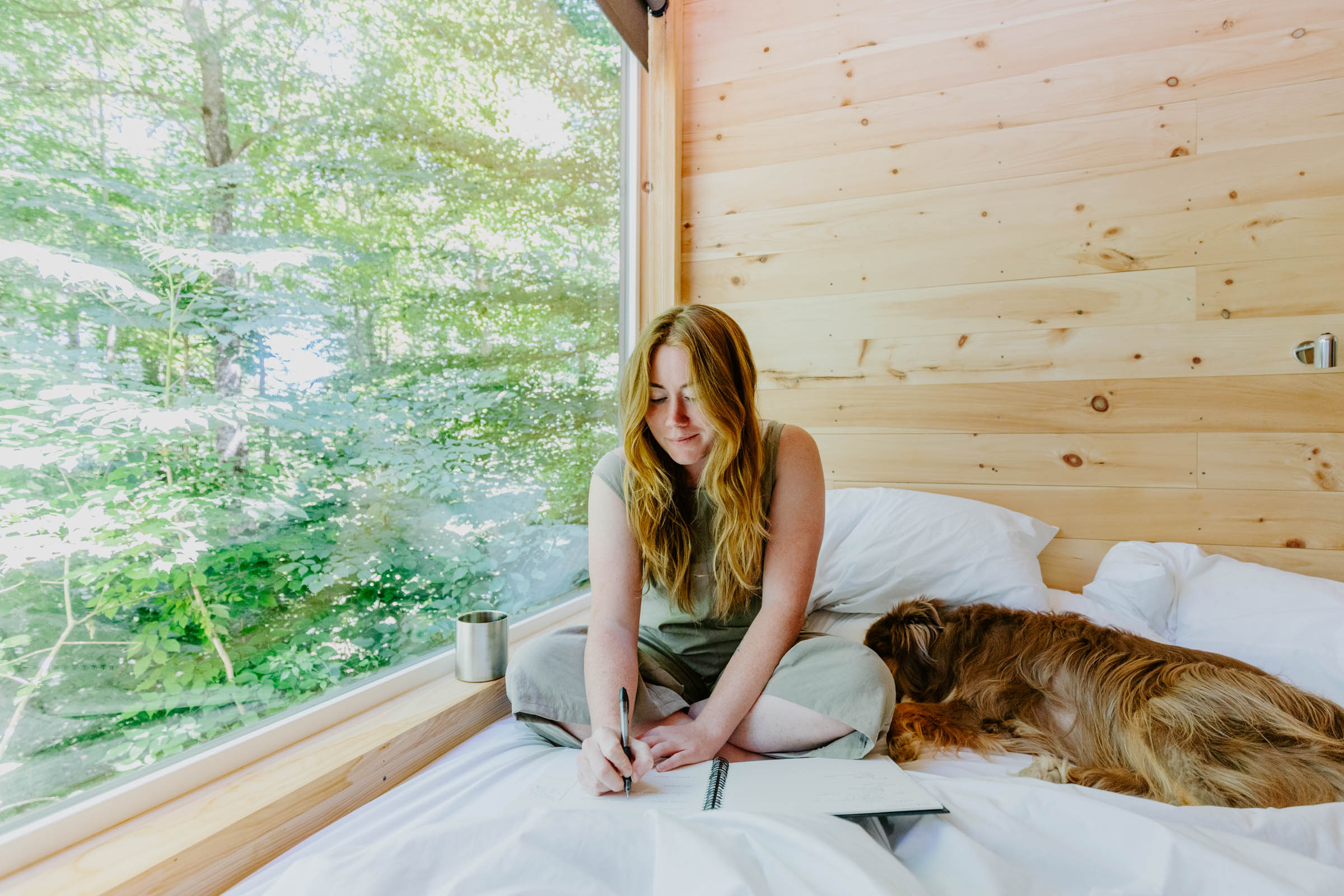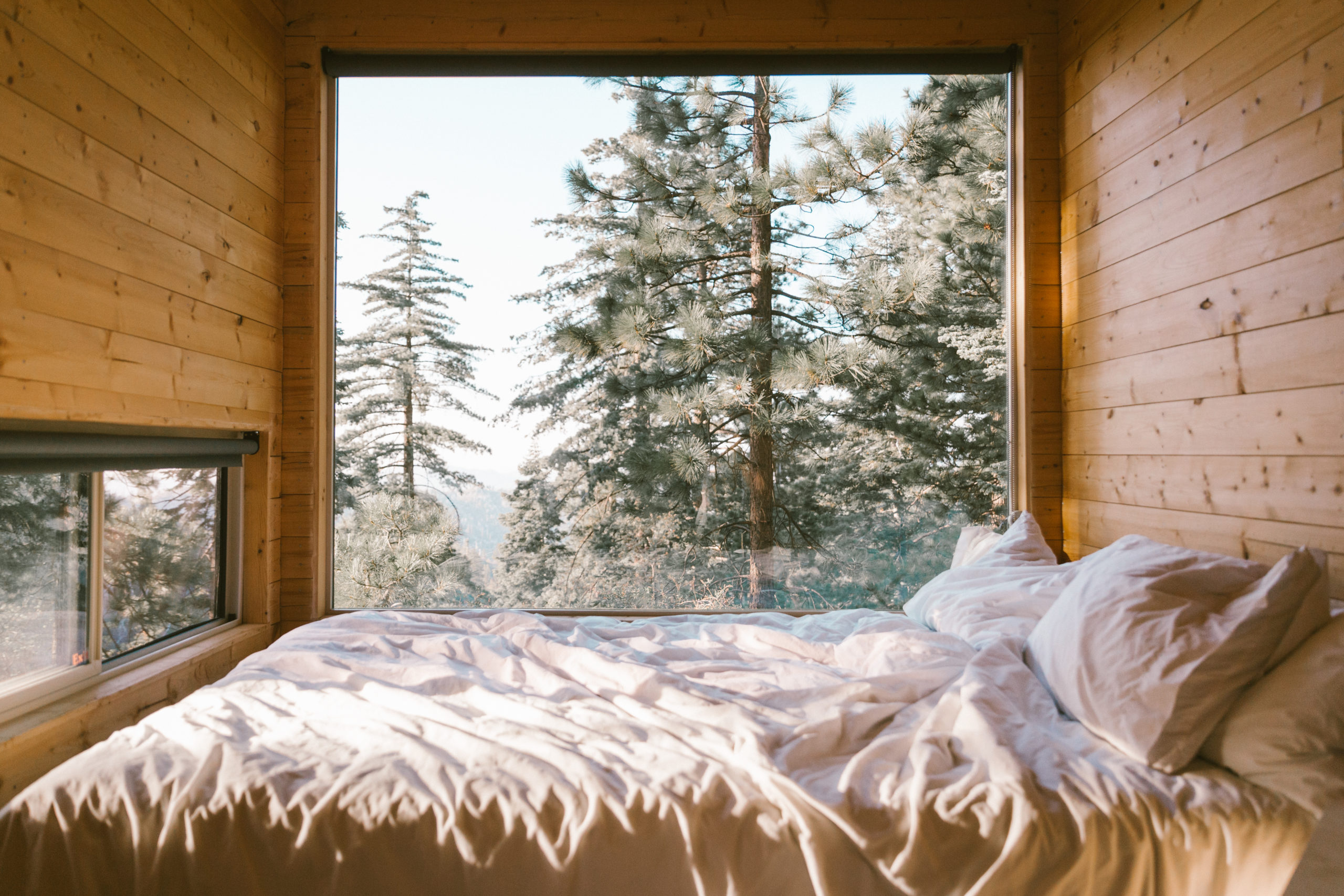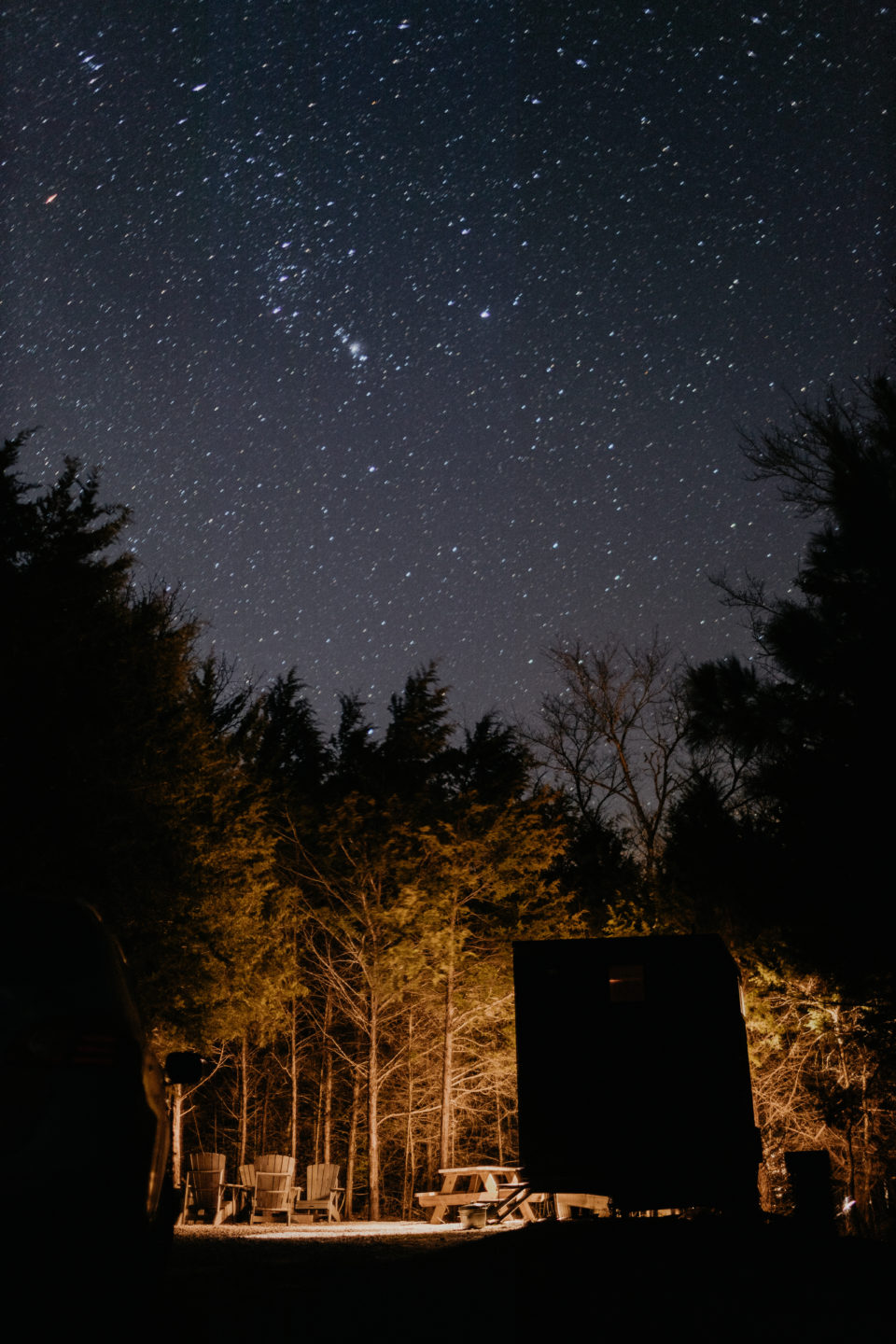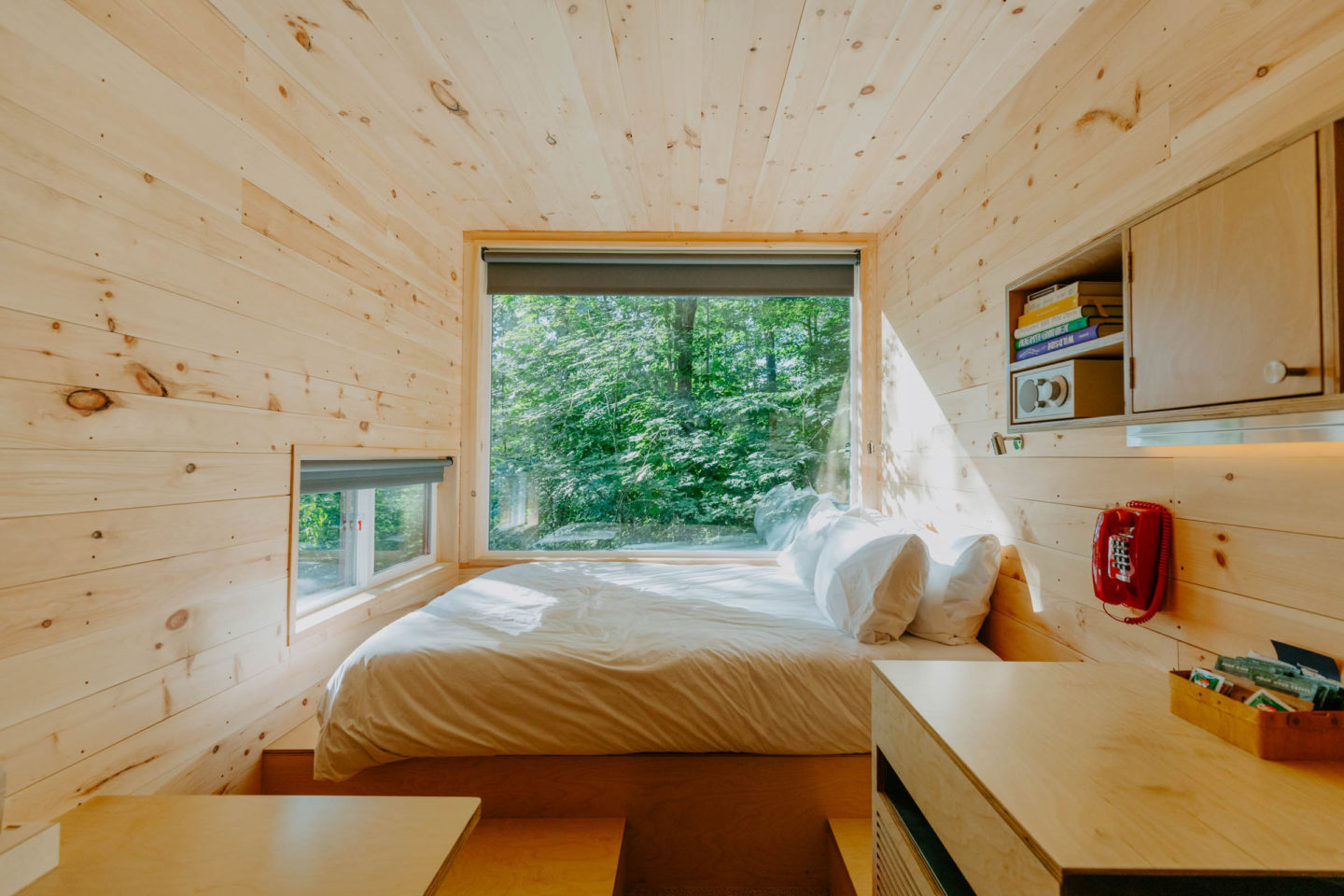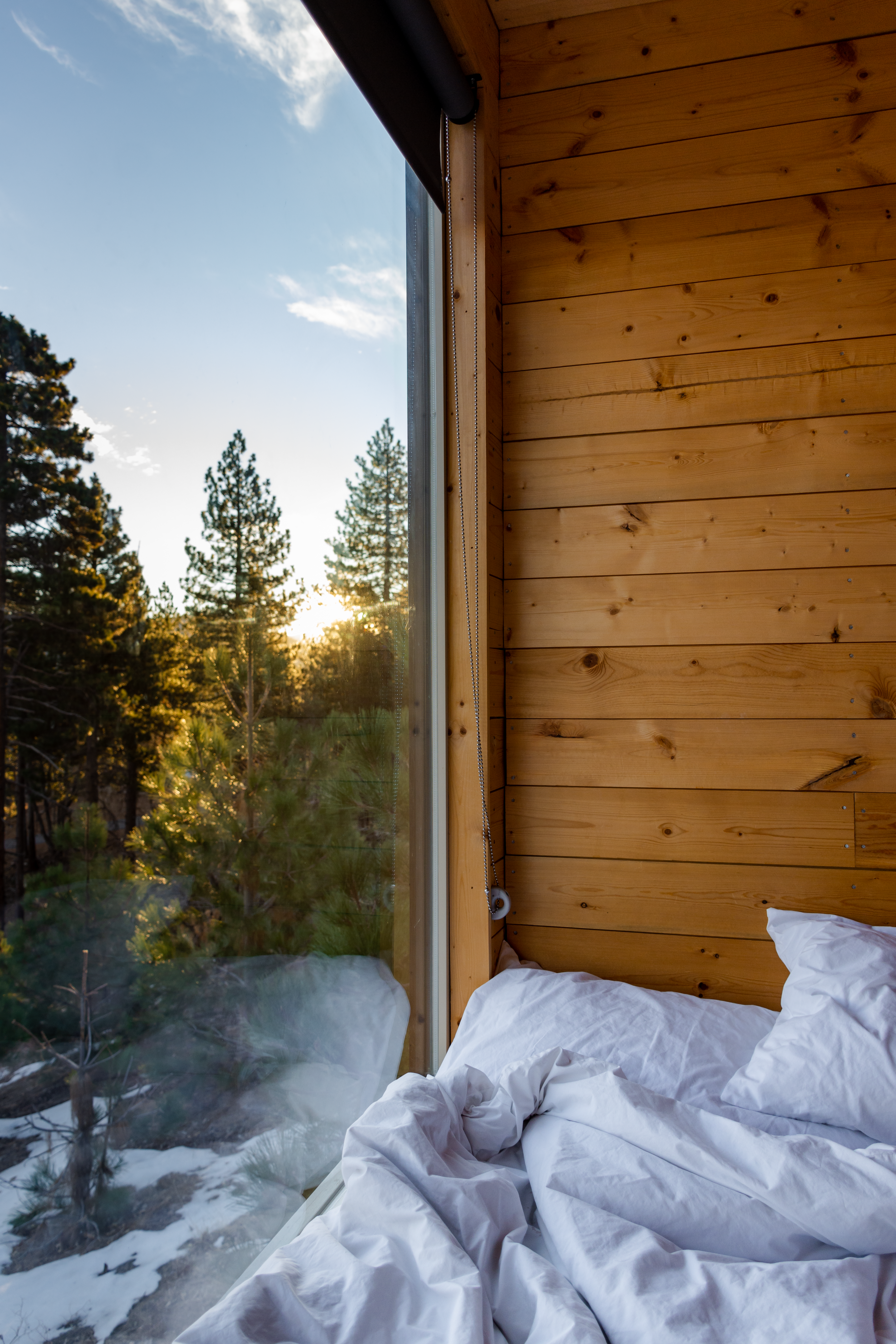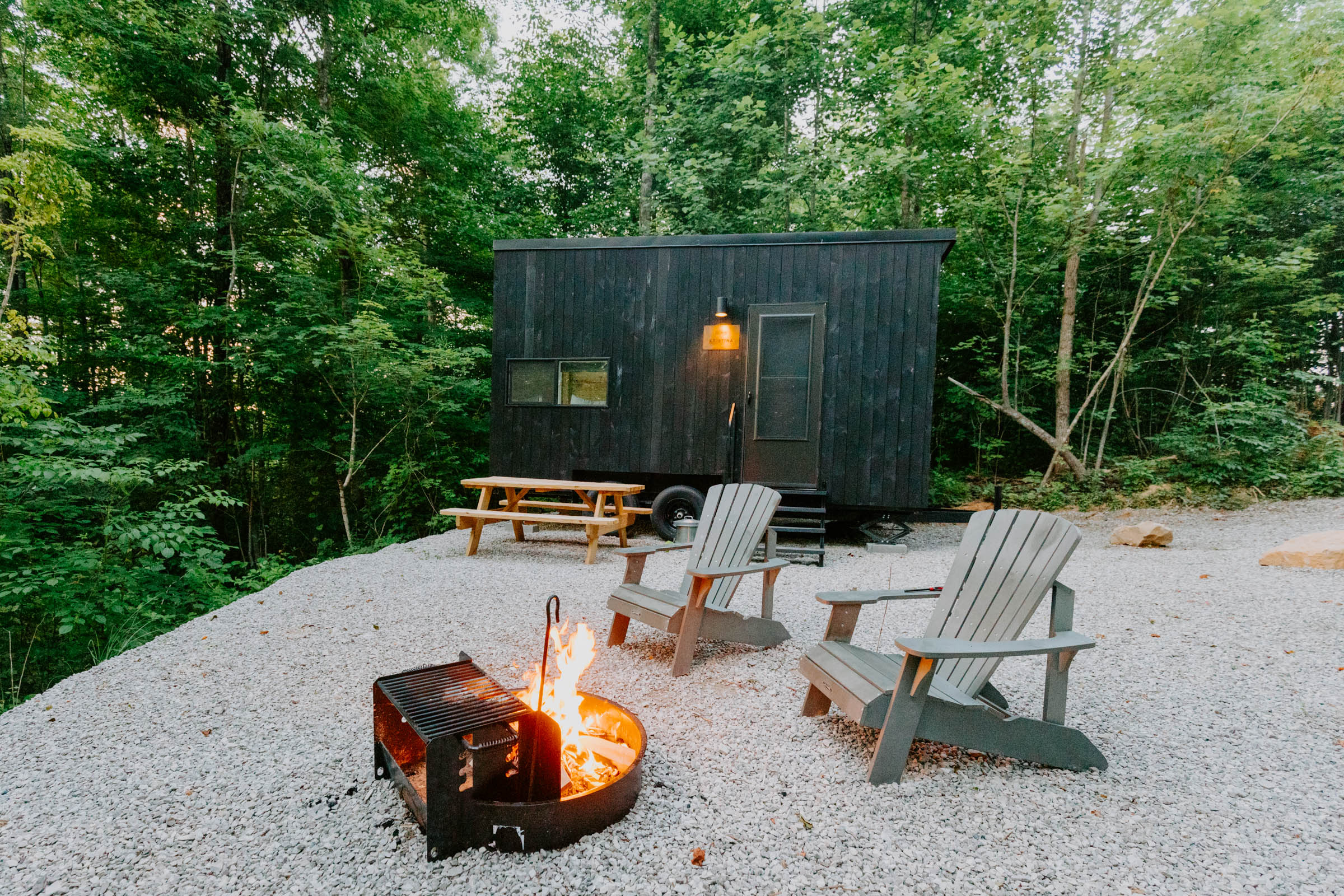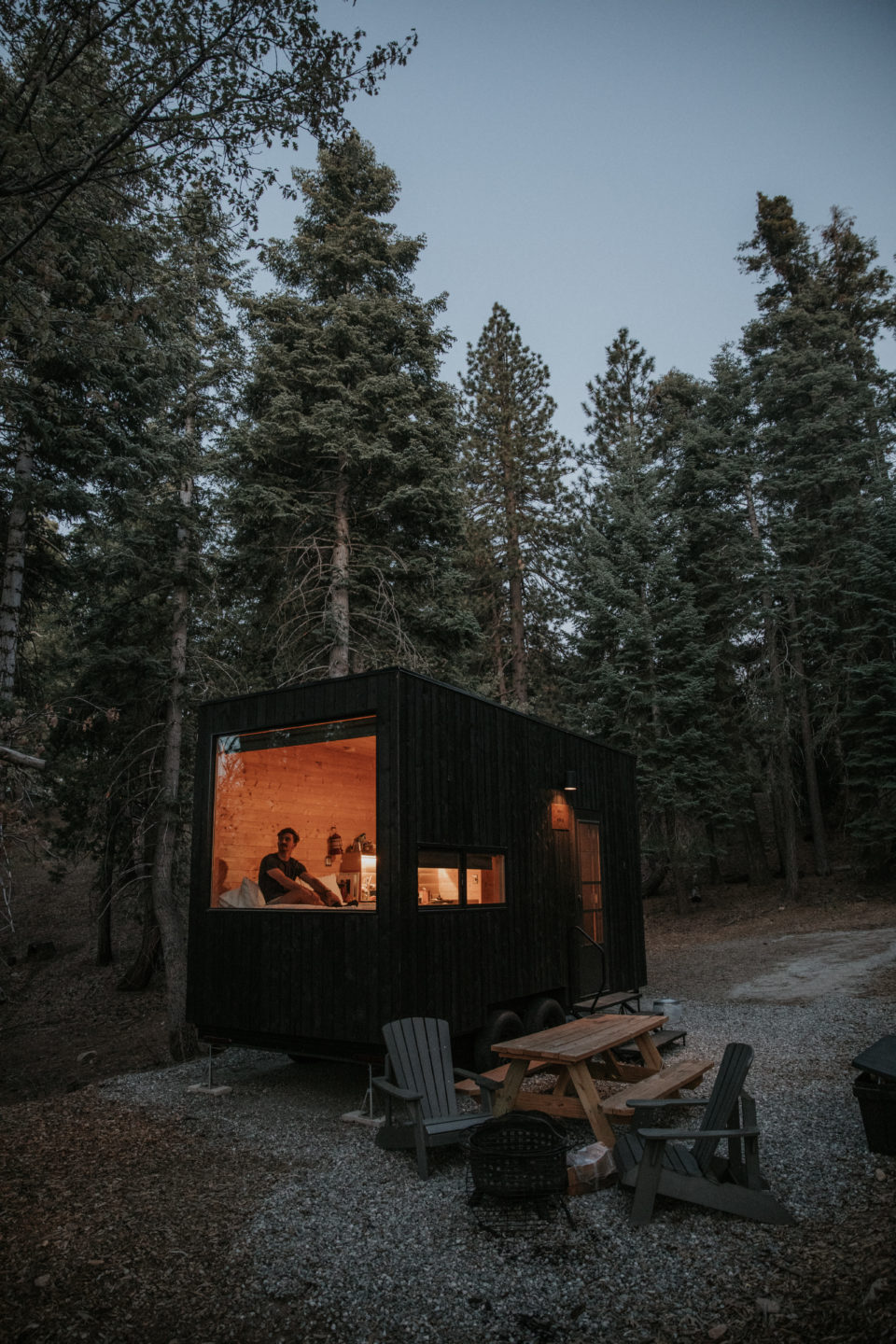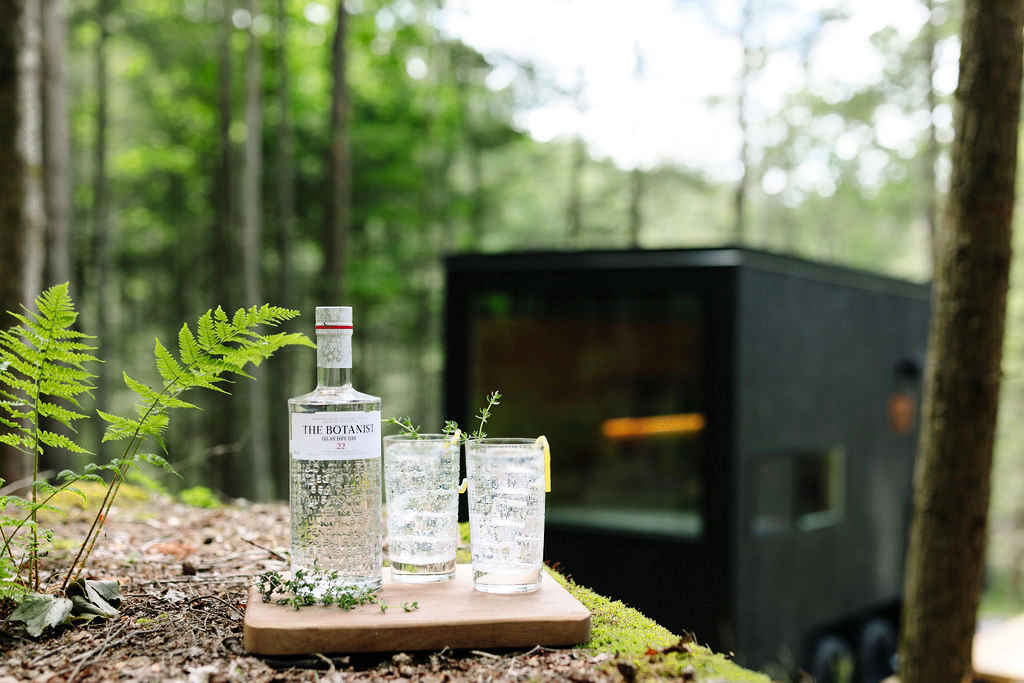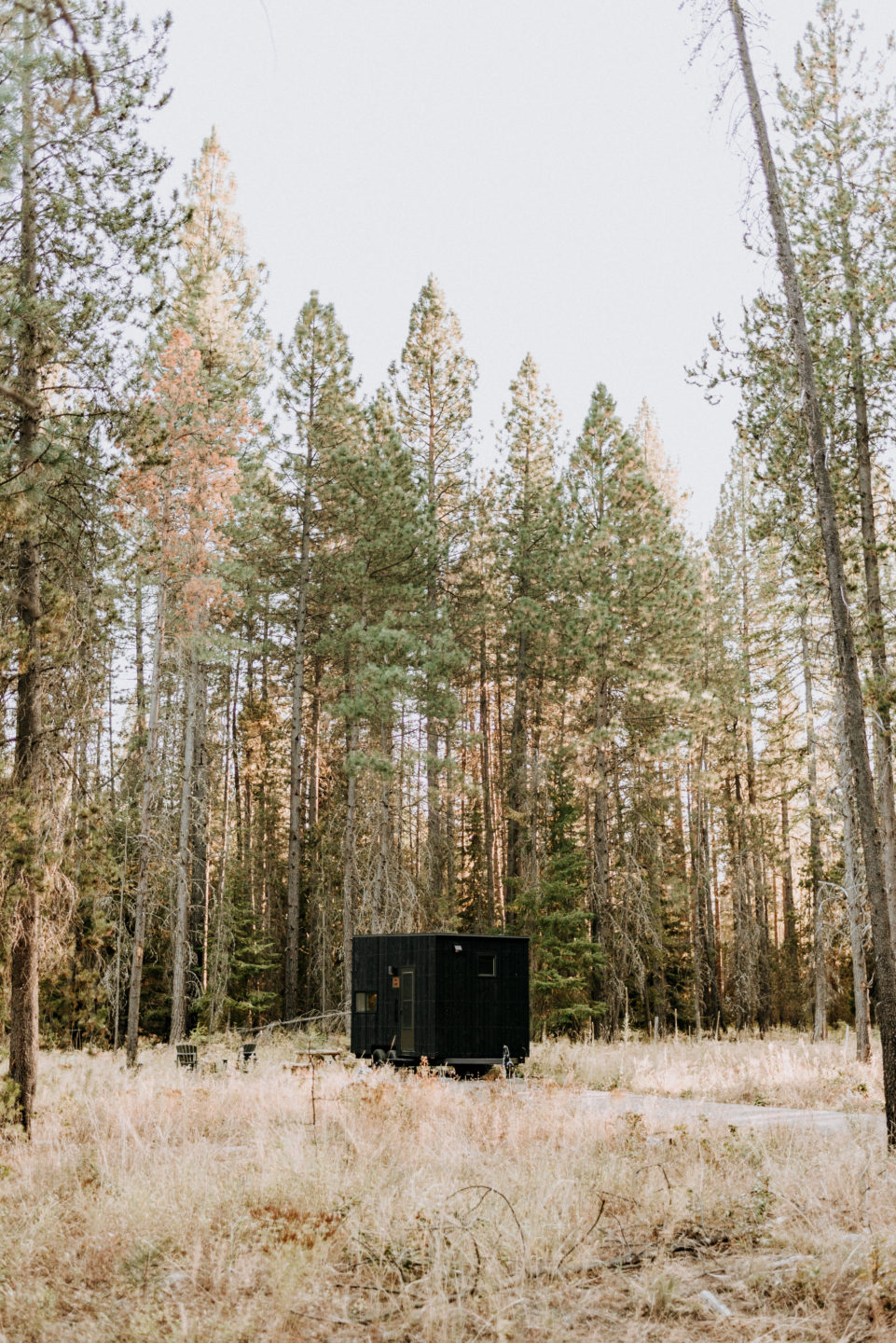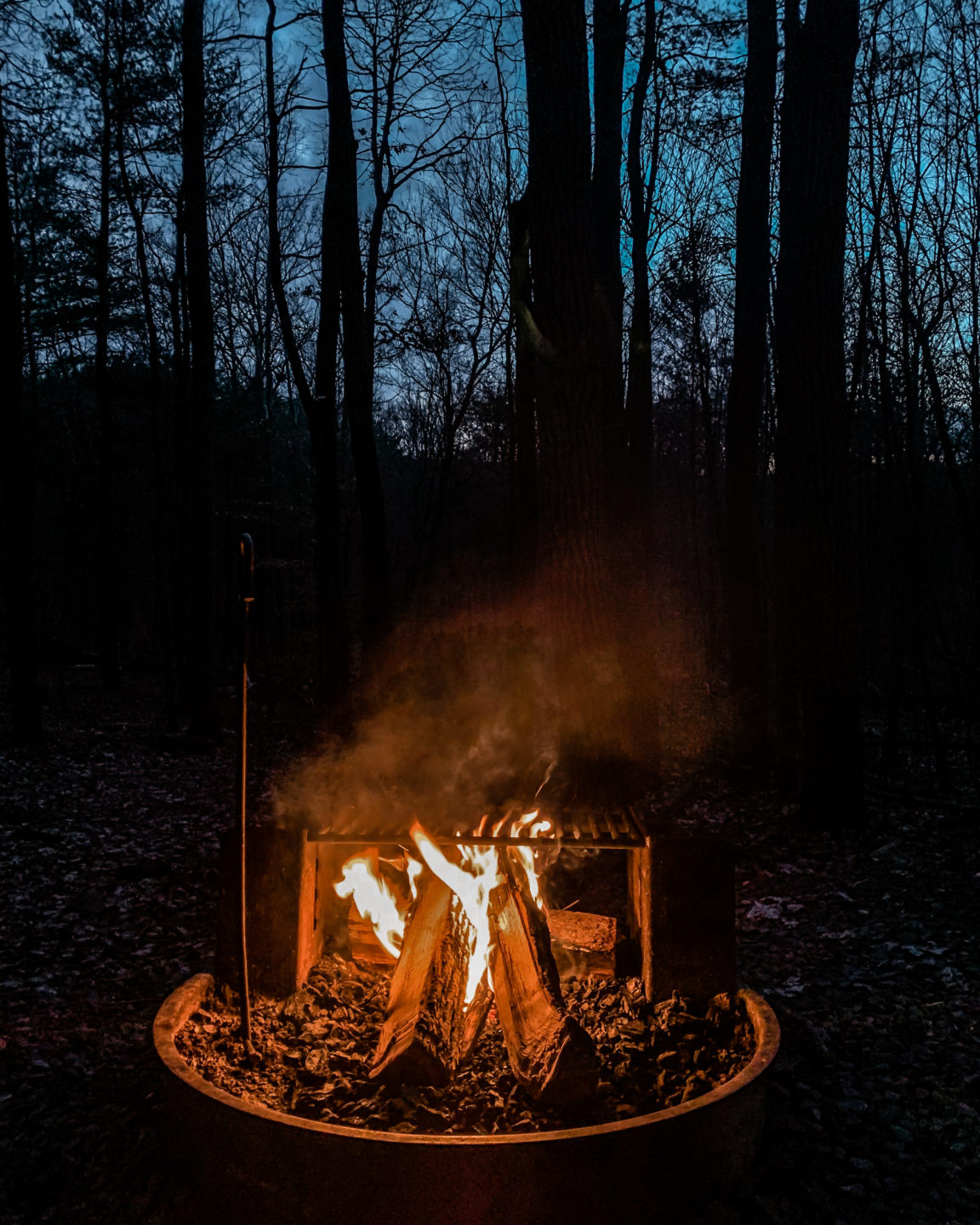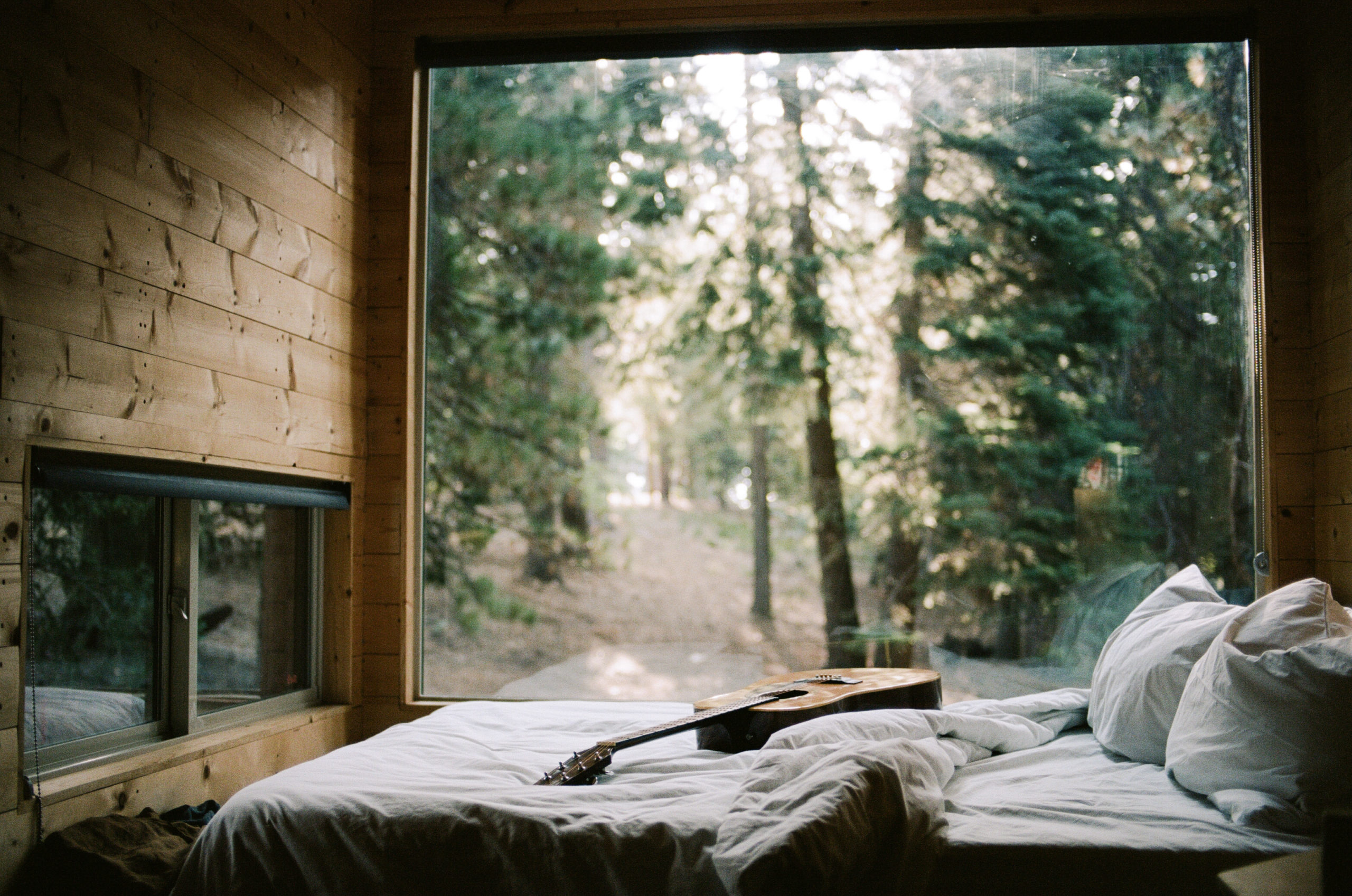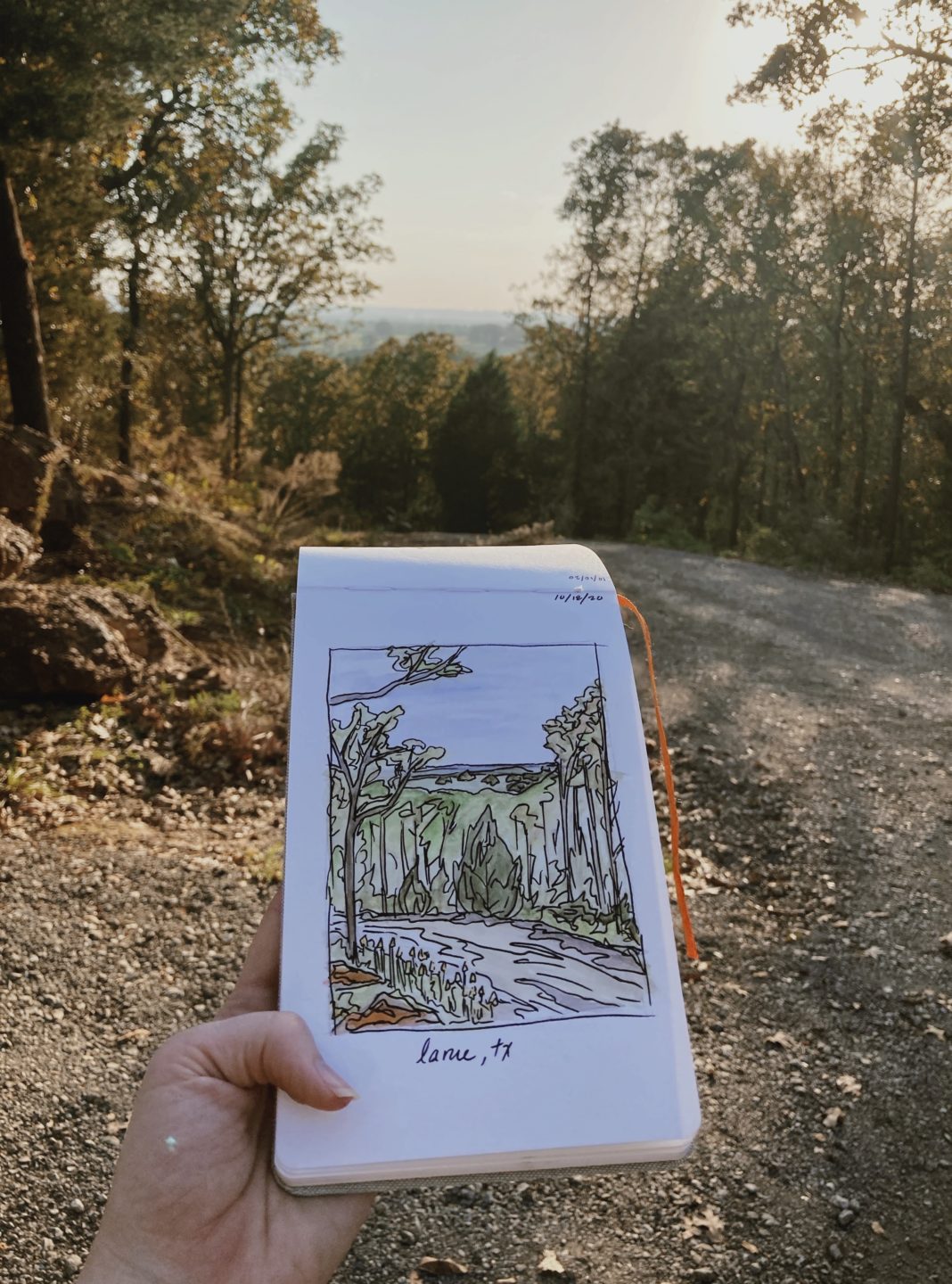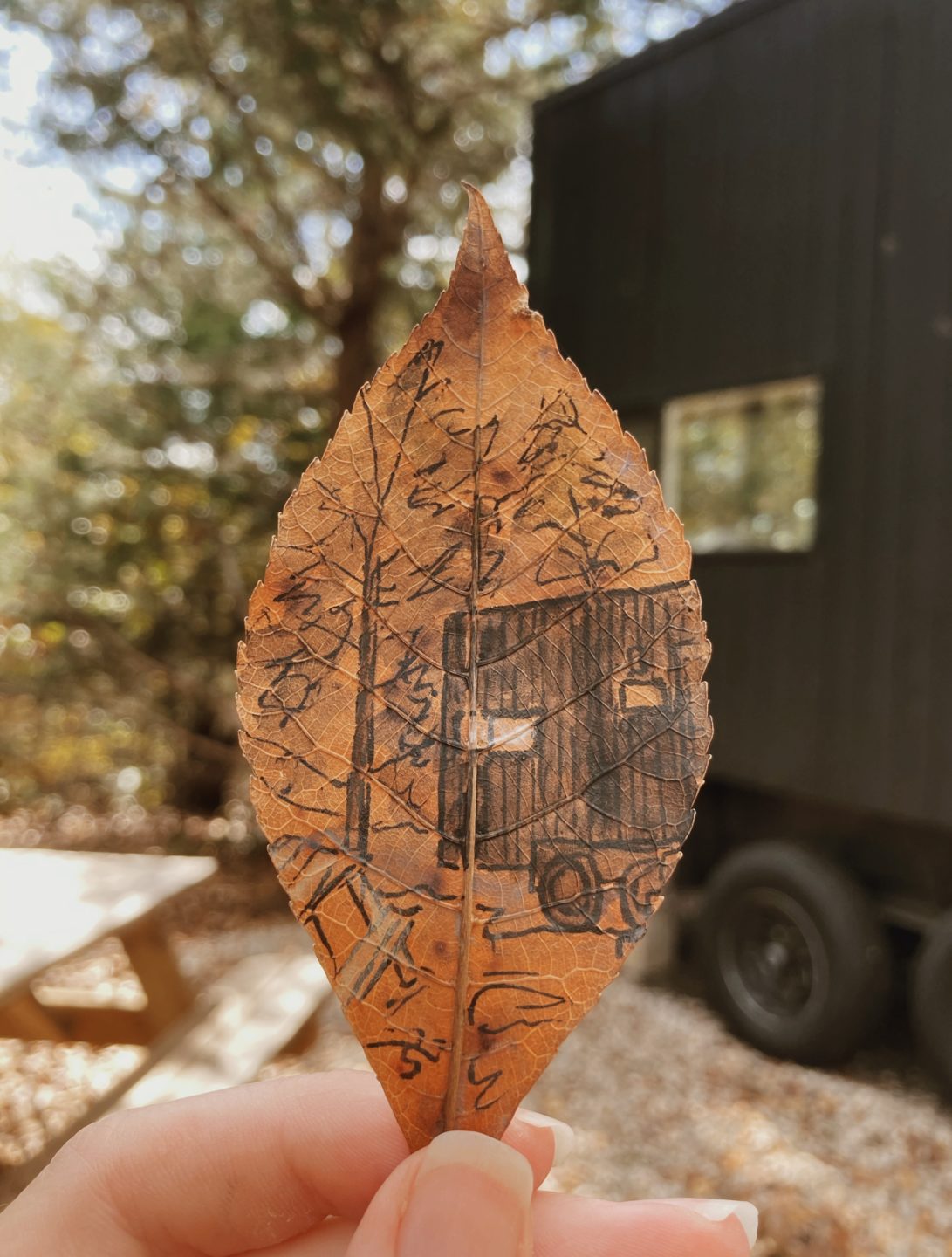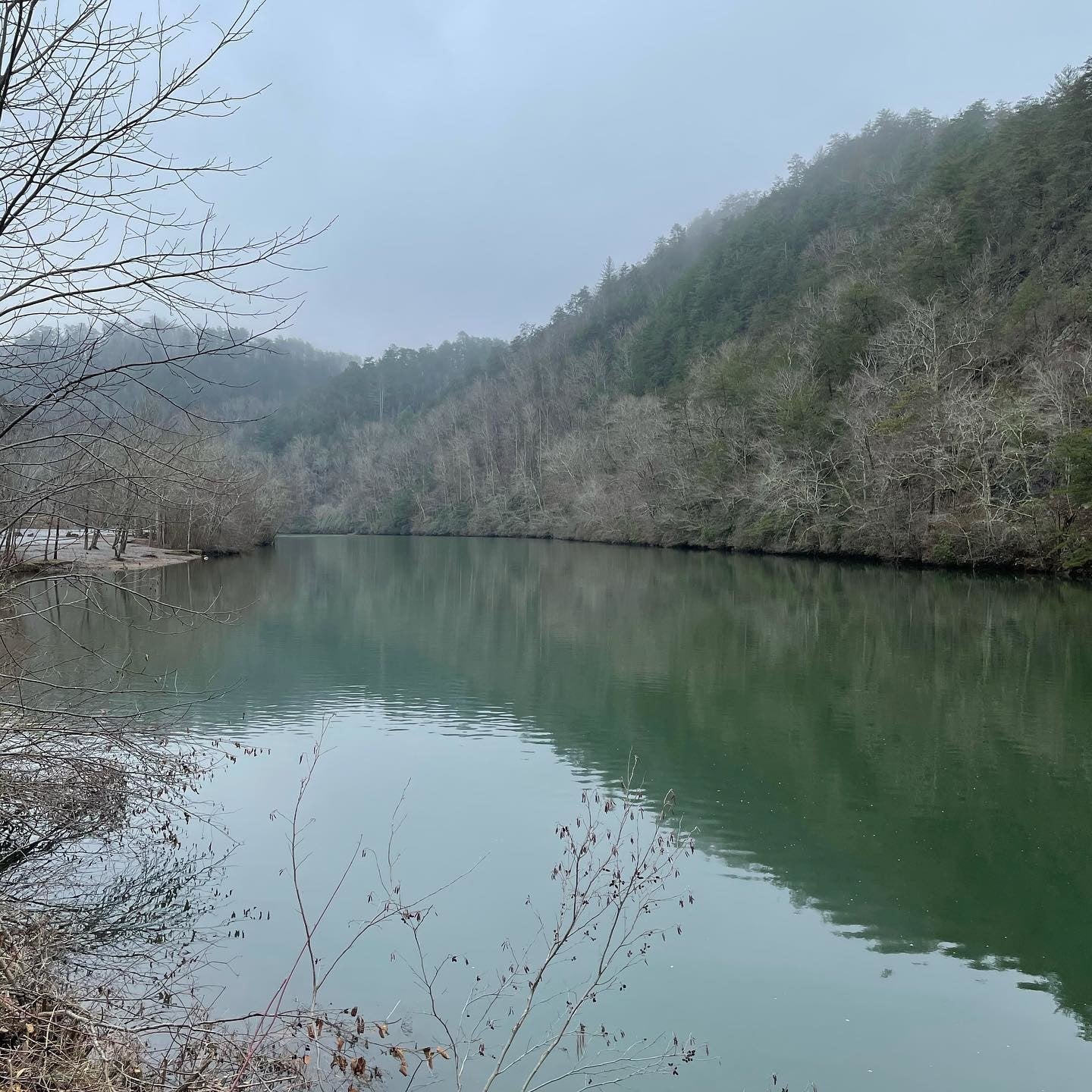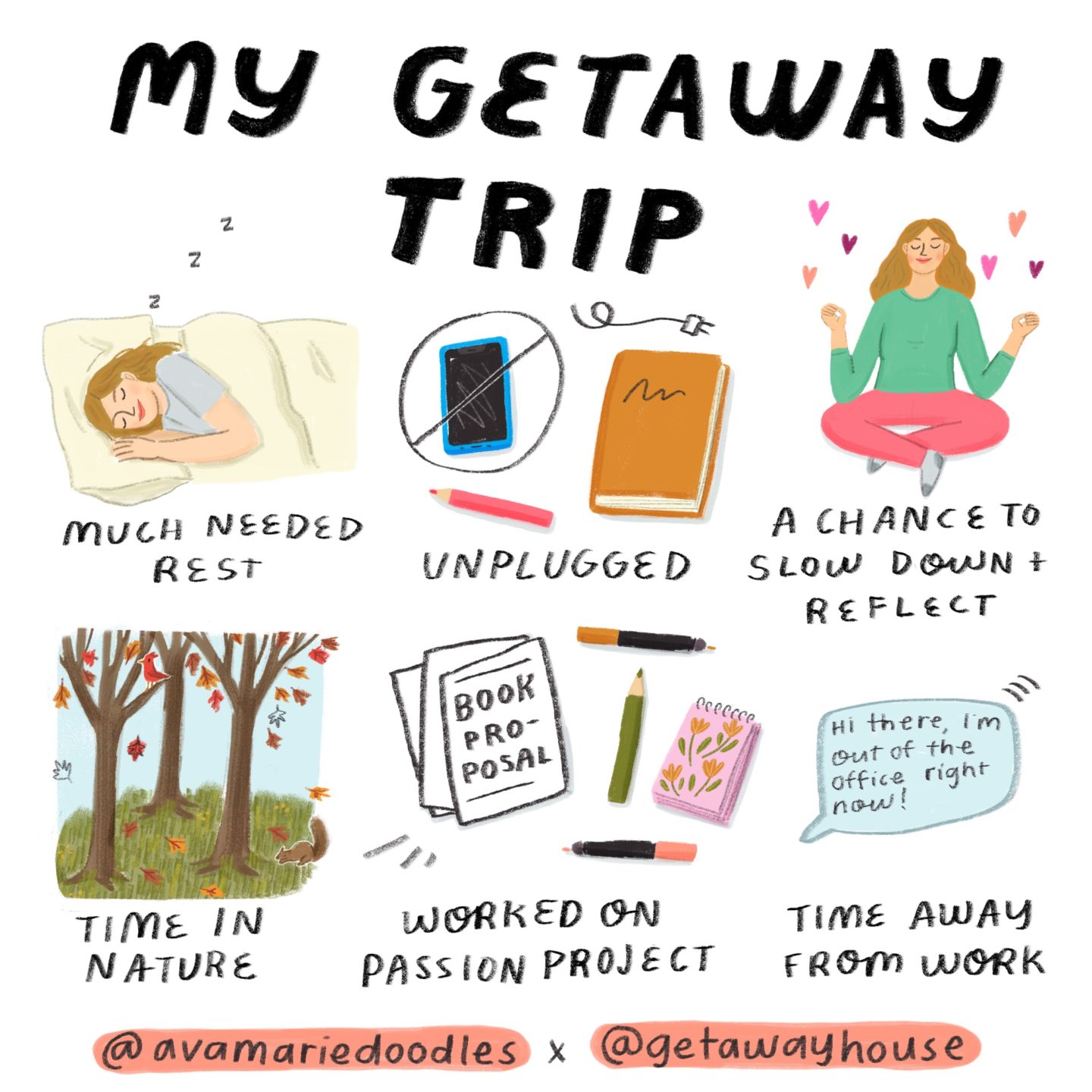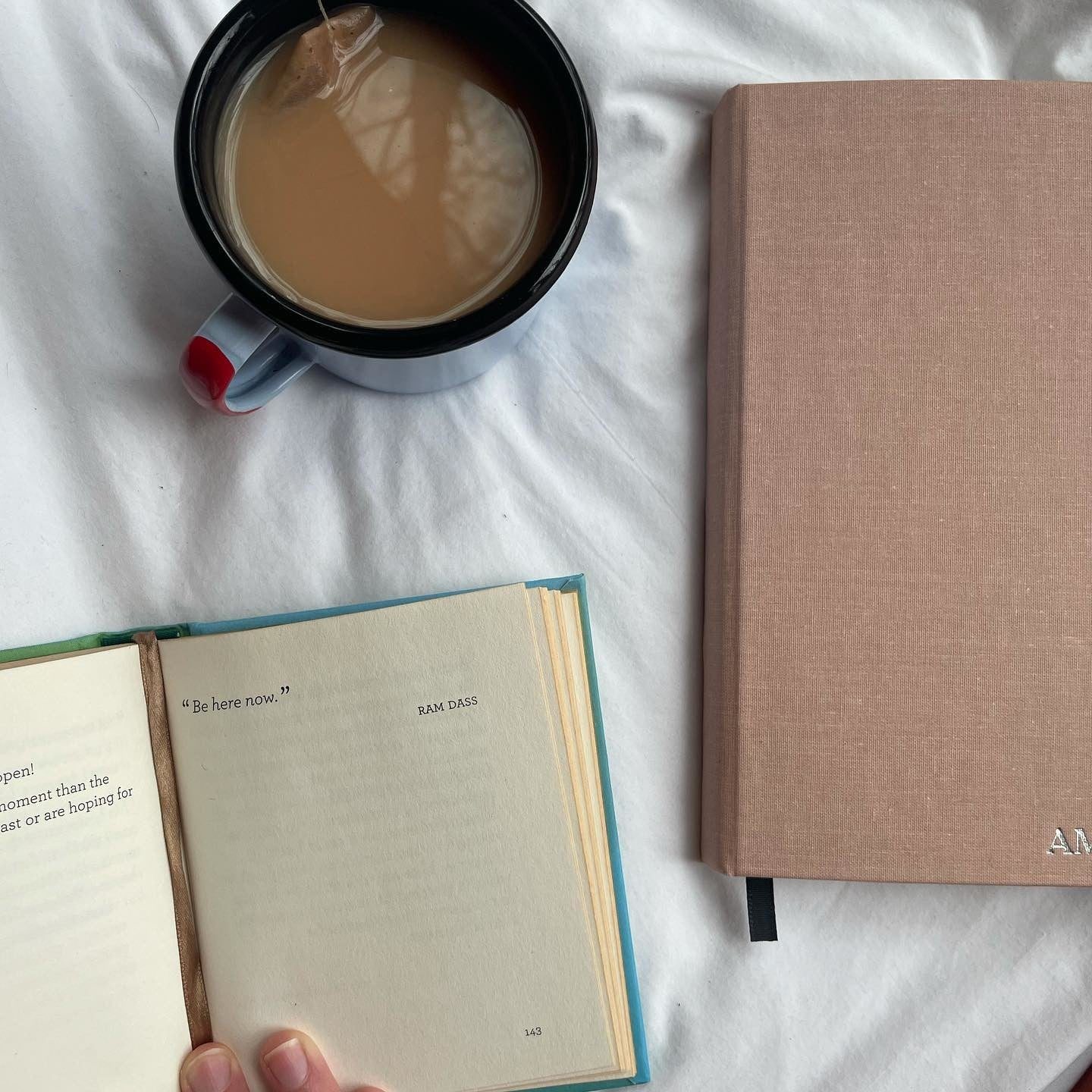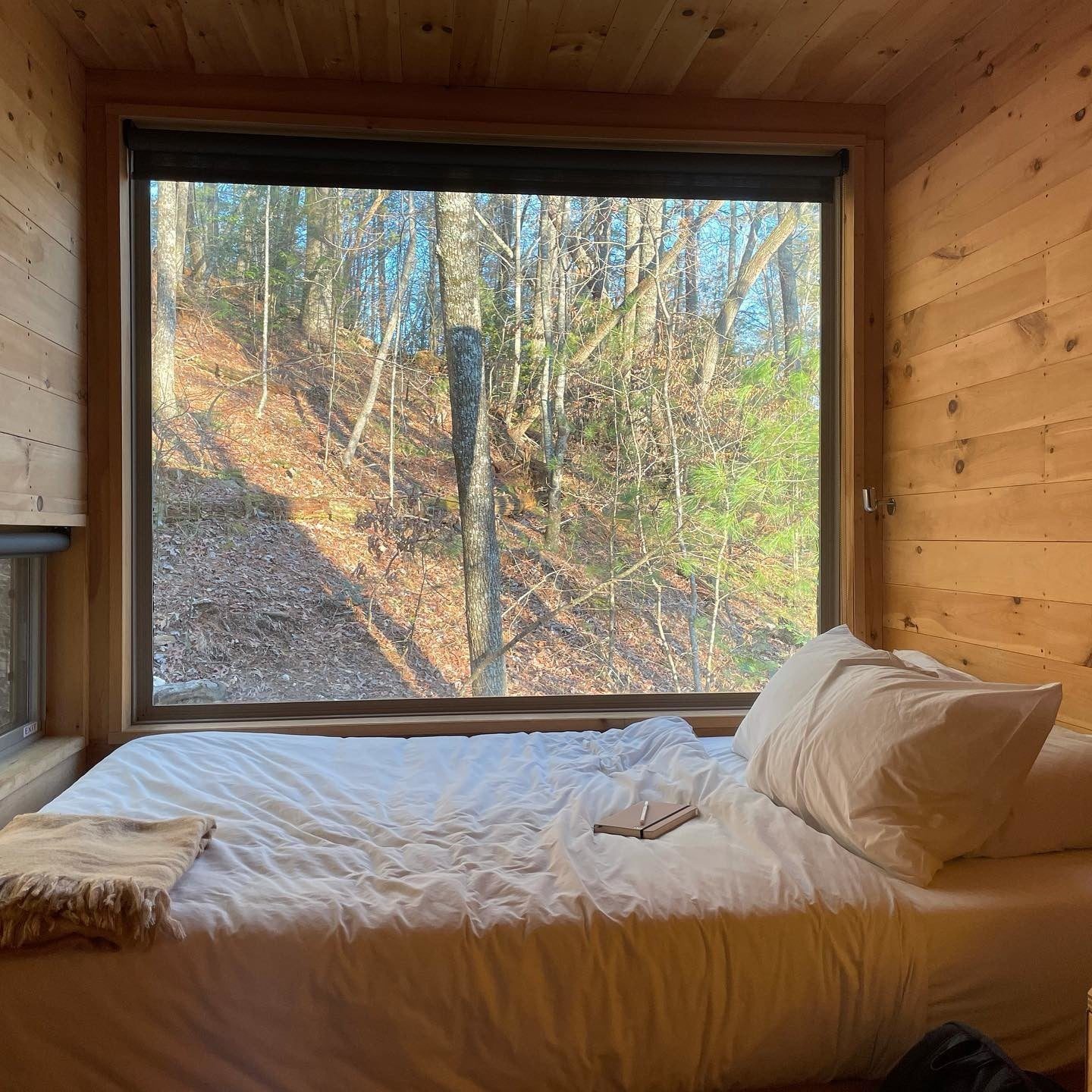We’ve been exchanging letters of appreciation for thousands of years. The ancient Chinese and Egyptians wrote each other well wishes on papyrus. Fourteenth-century Europeans delivered notes to friends and family by hand.
In the late 1880s, the card-sending tradition took off in the United States when Polish-born printer Louis Prang introduced a technique called chromolithography to reproduce colorful motifs on card stock. Today, however, it can seem like these expressions of gratitude have become a rarity.
A recent study conducted at the University of Texas, Austin, found that people often hesitate to send thank you letters because they worry their notes might come across as insincere or poorly written, and that they might make recipients feel awkward or uncomfortable.
At the same time, they doubt how much recipients will appreciate such notes. But the research team discovered that getting a thank you note — even an email that took its author less than five minutes to write — was a big deal to the people who received them. Most reported feeling “ecstatic” and perceived the letters as warmer and better written than their nervous authors had imagined.
This week, we challenge you to write a thank you note to someone who has helped you get through the last year. Let them know what their time, jokes and support have meant to you — not only will you tap into the benefits of expressing gratitude, but your thanks will likely brighten their week. Here are four tips to help you start writing.
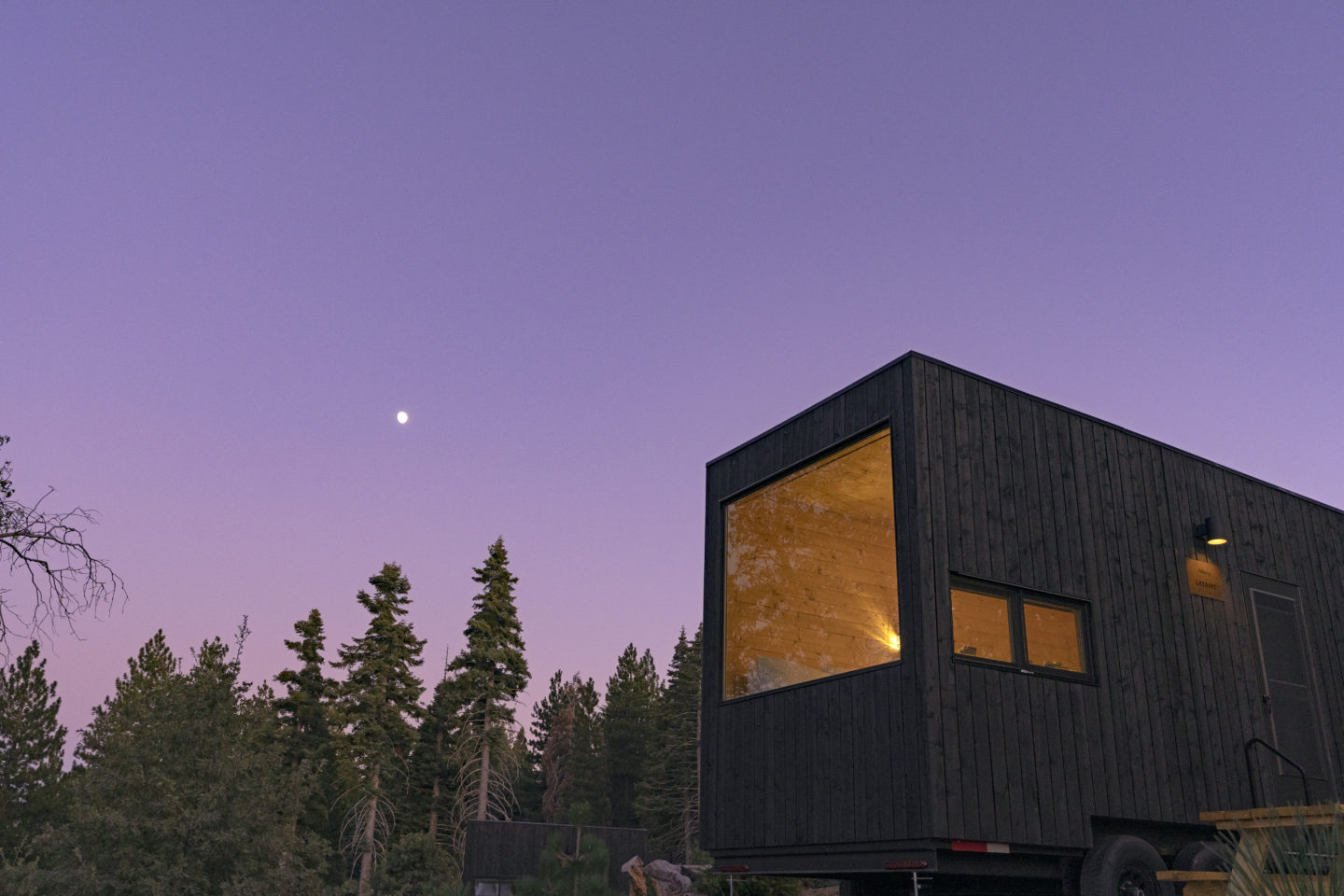
When You Must Send a Thank You Note
While letters of appreciation are a nice gesture at any time, in certain circumstances they’re pretty much mandatory. Always send a thank you note after a job interview, after receiving a gift, after someone writes you a letter of recommendation or does you a favor, after someone hosts an event in your honor, and after someone hosts you in their home.
Personalize Your Note
If you’re expressing gratitude for a gift, let the person know how much you enjoy it or how you plan to use it. If you’re thanking someone for a letter of recommendation, you might mention how you value their opinion.
Make It a Practice
Make a practice of sending thank you notes after dinners, parties, and other social events. It’s the easiest thing to do, and it will make you feel good to sit down and say a proper thank you—you may even spot your note on your friend’s fridge the next time you visit them.
Go The Distance
Step up your thank you game by investing in blank cards, a few good pens, and a book of forever stamps. If you’re ever feeling nervous about what to write, remember that the gesture itself is what the recipient will remember.
Need an escape to reconnect to gratitude? Book your Getaway today.

